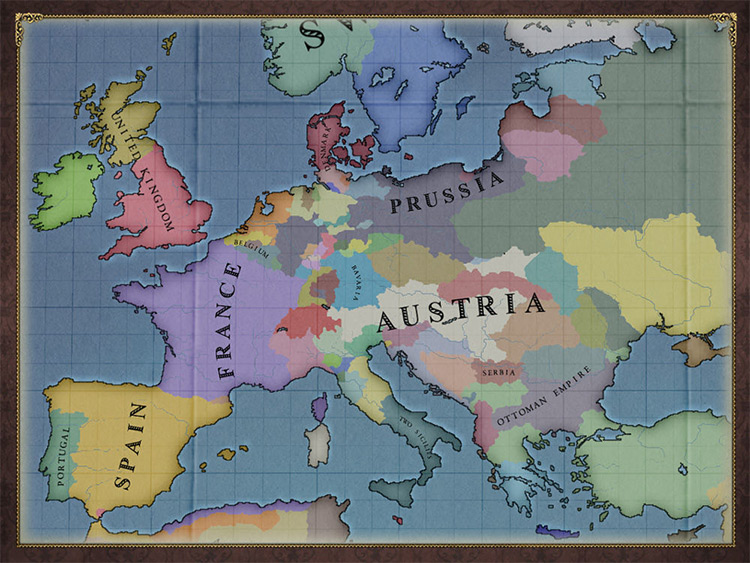

Special #1: Centennial of the Slavic Church (1041)Ĭhapter #7: A Small Step for a King (Prendota, 1041-1056)Ĭhapter #8: Feudal Faceoff (Strasz, 1056-1057)Ĭhapter #9: Apocalypse After Another (Strasz + Skarbimir, 1057-1082)Ĭhapter #10: No Time to Lick Old Wounds (Pelka + Gaudenty, 1082-1104)Ĭhapter #11: Architecture of Demise (Zelibrat, 1104-1116) Prologue: The Legendary Lechoslaw (Lechoslaw, 867-924)Ĭhapter #1: Skarbimir the Unscarred (Skarbimir, 924-948)Ĭhapter #2: Unholy Alliances (Mszczuj, 948-980)Ĭhapter #3: The Stargazer (Bozydar, 980-987)Ĭhapter #4: Parades & Poisonings (Gniewosz + Wladyslaw, 987-1002)Ĭhapter #5: Of Gods and Kings (Spytko, 1002-1014)Ĭhapter #6: Divine Disgrace (Nadbor, 1014-1041) May the song of the old gods never cease to play across the plains! There will be emphasis on the characters and narrative elements themselves, hopefully crafting ourselves an extensive alternate history along the way. readers are encouraged to participate either in the form of free-for-all comments or the occasional special vote. Though primarily played by myself and then. This is an AAR, or "After Action Report", chronicling the events of a game starting in Crusader Kings 2 and hopefully continuing into Europa Universalis 4 and beyond, should we get that far. Is by making the gods of old their sword and shield. Their promises of wealth and salvation hide motives much more sinister, and the only way the Poles can survive

Now the sons of Lech find their ancient way of life under threat by the pawns of patriarchs and crucified gods. Tooling on spine to make 6 panels.Long, long ago, in the age of heroes and song, the three brothers Lech, Czech and Rus said their farewells and went their respective ways.Ĭzech went west, Rus went east, and Lech made his home in the great Polish Plain. Red morocco, on boards with a frame of gold and blind fillets, floral corner-pieces and centrepiece. 73v-108v: Pauline Epistles (Romans, Corinthians, Galatians, Ephesians, Philippians, Colossians, Thessalonians, Timothy, Titus, Philemon, Hebrews)ĭecoration: each book and Epistle, together with their prologues, has a 7- to 4-line illuminated initial, mostly decorative but some have figural motifs (ff. 1r- 51r: New Testament with the Gospelsįf. Script: small and highly abbreviated Gothic hand.įf.

i (17th-century paper) + 116 + ii (17th-century paper) ff. Foliation: very thin parchment (‘uterine’).


 0 kommentar(er)
0 kommentar(er)
